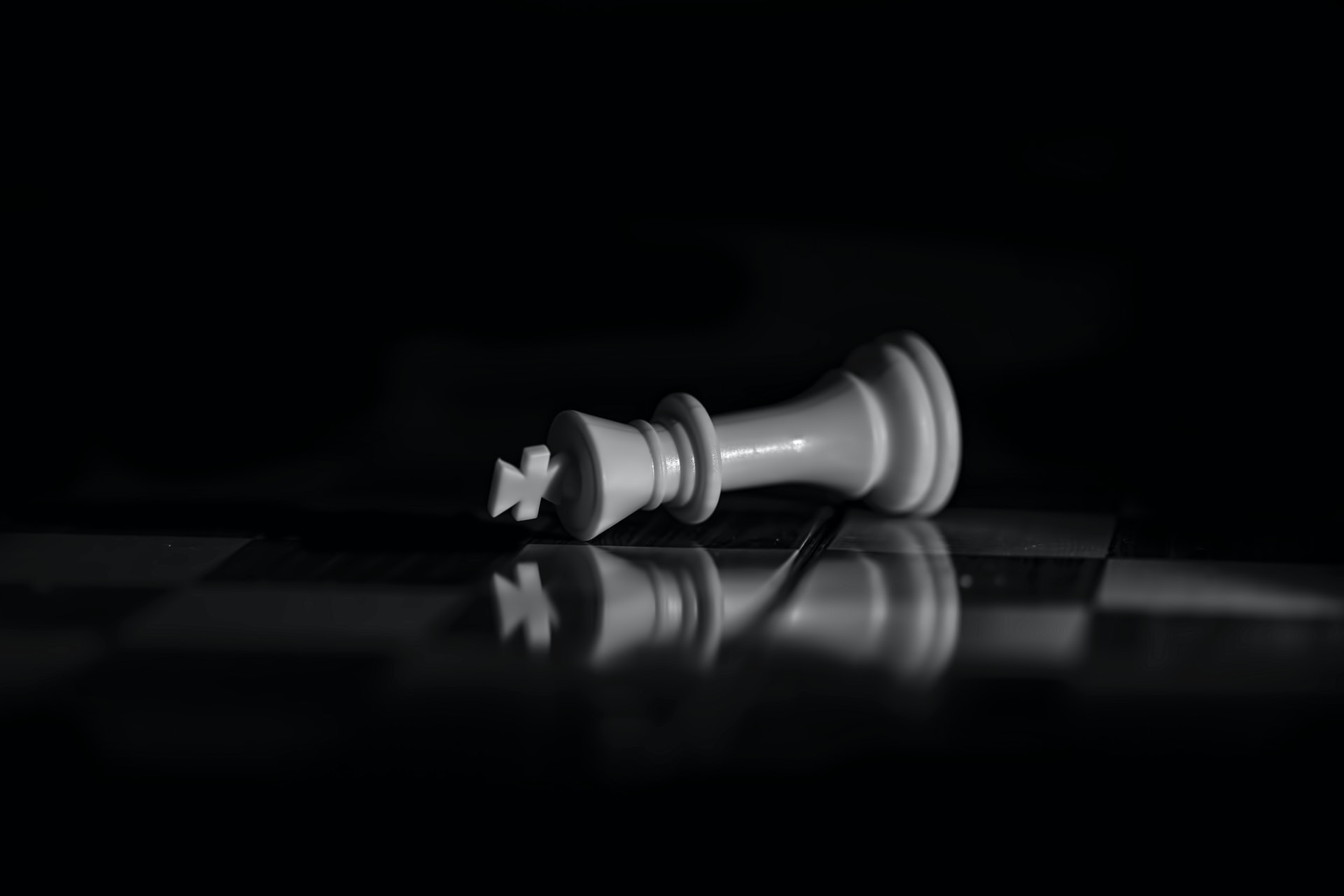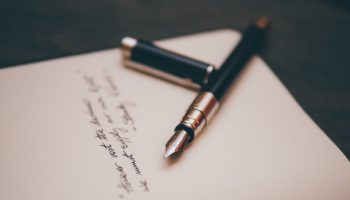These are the most basic chess training tactics that any chess player should employ in order to advance and improve at the game. I’ll walk you through the steps you need to take to develop your playing strength one by one.
1. For those seeking self-improvement, solving tactics, studies, and chess compositions should be the first step.
2. Studying Masters/Grandmasters games and everything related to chess openings should be the next step. You do not, however, need to speed through this phase. Rudimentary methods, such as forks, double assaults, pins, skewers, and simple mating nets, should be learned first. It would be difficult to study the games of strong players without these essential tools in your chess toolkit.
I’d want to say a few additional things concerning masters’ games. You should go through the game without listening to the commentary to see how much you can grasp on your own. Look for ideas, tactics, blunders, transitions from the middle to the endgame, and so on. Try to put yourself in the shoes of either player and examine the situation from their point of view. You may take a break now and again and ask yourself, “What would I play here?” You must make an effort to comprehend the motions and the thoughts that lie underneath them.
Then, when you’ve finished the basic work, go over the annotation step by step, filling in the blanks with self-analysis. This method of studying games is far more effective and useful than simply reading the annotations and playing the game quickly. Some chess coaches advise going through the game 4-5 times in order to fully comprehend it. I believe it is a little excessive, and 2-3 times is acceptable if done as directed.
Practice, practice, and practice some more.

Simultaneously, each player must apply what he has learnt to actual games. It is essential vital to practice certain abilities in order to improve at chess.
Self-improvement is impossible without motivation, which is a necessary requirement. Only a highly determined person can devote hours to chess, studying theory, playing practice games, and persevering regardless of the outcome. These are the types of players who will fast progress.
3. To get the most out of book analysis, you’ll need to know how to read and comprehend notation. You should be able to instantly comprehend the movements while looking at the notation, without having to think about it or use a cheat sheet.
Some chess players who have played for a long period lack notation skills and must count the squares on the board or read the letters or numbers below the bottom row.
If that’s the case, I can provide a short exercise to help you learn the notation properly. Use an unmarked board (one without numbers or letters) and write down your movements as rapidly as possible when playing games.
Without reading, you should be able to point to a square and say d4, h2, a7.
4. Every chess player must not only evaluate the games of the masters, but also recognize errors in his own performance. When examining your games, constantly search for methods to enhance the movements and annotate them properly. When assessing a game, attempt to answer the following three questions:
- What were the major blunders, and how might they be avoided in the future? (Can be used by either player)
- What were both sides’ plans?
- What was the cause of your blunder? (Time constraints, insufficient computations, errors, and so forth.)
It’s critical to analyze and annotate your own games if you want to improve.
Another important issue I’d like to emphasize is the need of systematic training. If you work on chess for 30 minutes three to four times a week, you will make far more progress than if you try to cram many training sessions into one two-hour session each week.
Many players believe, mistakenly, that focusing on one aspect of chess over an extended length of time will allow them to achieve considerable improvement. They spend a lot of time memorizing opening lines or studying middle-game themes, but their chess isn’t improving much.
However, some of the most well-known instructors disagree, claiming that it is more useful to learn many items in one training session. For example, start with some theory, then go on to traditional game analyses, tactics, and endgame training. This is an approach that I believe in and use in our raining program. It’s created so that you may acquire a lot of critical information in a short amount of time and do it regularly on a daily basis.

5. Studying the history of chess, as well as the biographies and games of your favorite players, is the next stage in your chess growth. Choose games by players such as Botvinnnik, Smyslov, Nimzowitsch, and others to gain from their experience and ideas.
You may also study the games of contemporary players, but don’t overlook the classics, since their strategies and concepts are far simpler to grasp and use in your own games.
Participating in rated chess competitions is also a significant aspect of training (assuming you want to progress as a tournament player). A chess player who is progressing should participate in 5-6 tournaments each year. That way, you’ll be able to put all you’ve learned into practice throughout the games.
Let’s summarize what we’ve discussed today. For chess improvement, there are five steps to follow:
- Tactics, studies, and chess compositions are all solved.
- Studying the games of the Masters, playing practice games, and maintaining motivation.
- Improving notation reading and recording skills.
- Analyzing and researching endgames in your own games.
- Learning about chess history and competing in tournaments (5-6 events per year).






